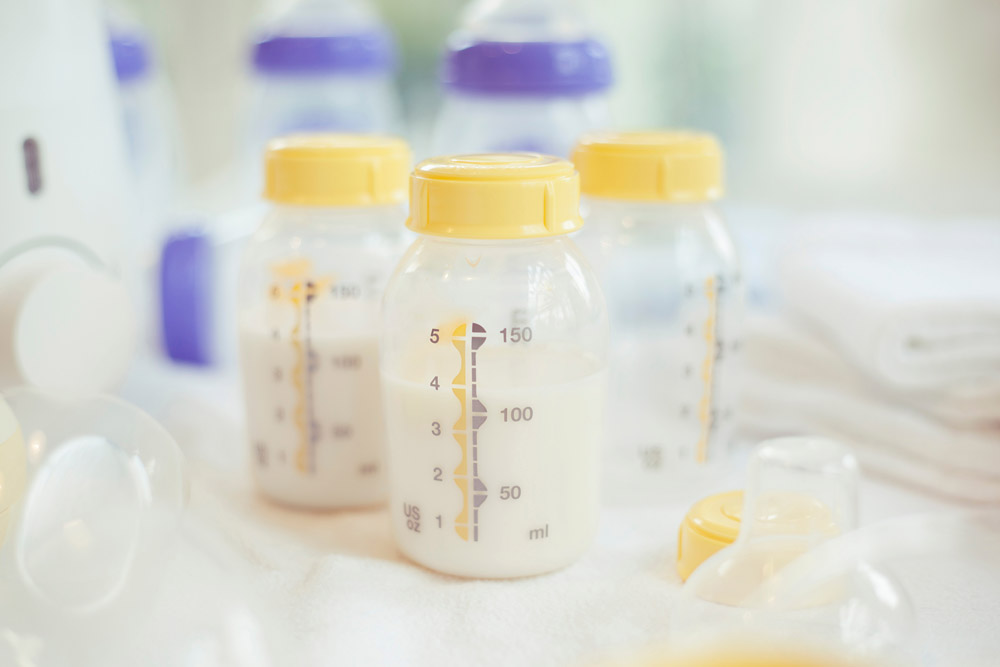When to Start Pumping Breast Milk

We tapped Helen Anderson, MSN, BSN, RN, CLE, founder of Milkies and former chief lactation officer at Fairhaven Health, to answer questions on pumping breast milk.
We tapped Helen Anderson, MSN, BSN, RN, CLE, founder of Milkies and former chief lactation officer at Fairhaven Health, to answer questions on pumping breast milk.
Nursing isn’t always intuitive, and the same applies for pumping (even more so). Checkout these pumping tips on getting started early on to set you up for breastfeeding success.
How soon after baby is born should I start pumping?
It depends. Using a breast pump during your baby’s first week can relieve engorgement, soften your breasts and help your baby latch on to your breast correctly. Having an oversupply of milk usually resolves within the first week after your milk production begins, so you may pump only temporarily.
If you are pumping with the mission to store extra milk for returning to work, you can begin by adding in a daily pumping session at the same time of day for around three to four weeks. Don’t worry if you only get 1 to 2 ounces in the beginning—that is normal in the first weeks. Use a double electric pump and place a warm compress on your breasts to encourage the let-down reflex and prepare your body to release as much milk as possible.
Is the answer different for a mom who’s going back to work versus one who plans to stay home?
I recommend new moms take as much postpartum maternity leave as they can and focus on caring for themselves and their baby. As tempting as it can be, don’t try to do any major household projects. Plan to read a few books or binge on your favorite TV show … activities you can do while breastfeeding. If you have a strong milk supply when you head back to work, you are more likely to continue breastfeeding for the recommended 12 months. Start accumulating your freezer stash about four to six weeks before heading back to work and use hands-on-pumping (a method that involves using your hands to massage your breasts while you express breast milk) to maximize your pumped milk.
If you are staying home with your baby, much of the same advice still applies. You will still need to prioritize milk storage for date nights or if you want to grocery shop alone; about 20 ounces should be enough.
What’s your best advice for pumping moms?
Juggling a pumping schedule with breastfeeding is tough at first, especially if you are heading back to work. Stick with it, and you will find a routine that works for you and your baby’s needs. To keep your milk supply strong, breastfeed before and after work and on your days off—your baby is better at removing milk than any pump or hand expression.







